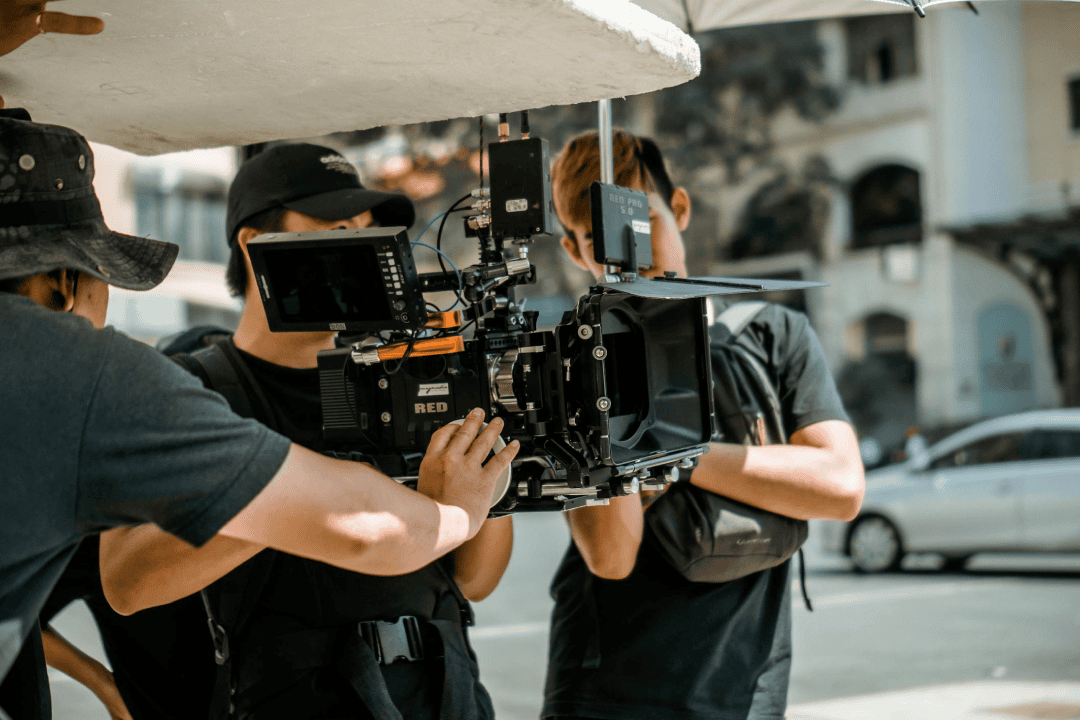Cinematography and casting are two essential elements in the filmmaking process that significantly impact the quality and success of a film. If you are considering a career in the film industry or looking to enhance your skills, enrolling in a cinematography and casting course can provide valuable knowledge and practical experience. Here’s what you need to know about these courses.
Understanding Cinematography
Cinematography is the art and technique of capturing visual images for film and television. It involves the use of cameras, lighting, and other equipment to create the desired visual style and narrative tone.
Key Components of Cinematography:
-
Camera Operation:
- Types of Cameras: Learn about different types of cameras (digital, film, DSLR, etc.) and their specific uses.
- Camera Angles and Shots: Understanding how to frame shots, use different angles, and compose scenes to tell a story visually.
-
Lighting:
- Lighting Techniques: Mastering the use of natural and artificial light to create mood, depth, and focus in scenes.
- Lighting Equipment: Familiarity with various lighting equipment such as softboxes, reflectors, and LED lights.
-
Lens Choices:
- Types of Lenses: Understanding wide-angle, telephoto, and prime lenses and how they affect the look of the shot.
- Depth of Field: Controlling the area of focus within the frame to guide the audience's attention.
-
Composition:
- Rule of Thirds: Learning the basic principles of composition to create balanced and visually appealing shots.
- Visual Storytelling: Using composition to enhance narrative elements and emotional impact.
-
Camera Movement:
- Techniques: Mastering techniques such as panning, tilting, tracking, and using stabilizers or drones.
- Purpose: Understanding when and why to use certain movements to enhance storytelling.
Understanding Casting
Casting is the process of selecting actors for various roles in a film or television production. It involves finding the right talent to bring characters to life and ensure the success of the project.
Key Components of Casting:
-
Role Breakdown:
- Character Analysis: Understanding the traits, motivations, and backstory of each character.
- Requirements: Defining the specific attributes needed for each role, such as age, appearance, skills, and experience.
-
Auditions:
- Audition Techniques: Learning how to conduct effective auditions, including cold readings and monologues.
- Screen Tests: Evaluating how actors perform on camera and their chemistry with other cast members.
-
Talent Scouting:
- Finding Talent: Using various methods to discover new actors, including casting calls, agencies, and online platforms.
- Networking: Building relationships with agents, managers, and acting schools to access a wide pool of talent.
-
Decision Making:
- Evaluating Performances: Assessing actors' performances, versatility, and suitability for the role.
- Callbacks: Conducting follow-up auditions to further evaluate top candidates and make final decisions.
-
Contracts and Negotiations:
- Contracts: Understanding the legal and contractual aspects of hiring actors, including payment, schedules, and exclusivity clauses.
- Negotiation Skills: Effectively negotiating terms with actors and their representatives.
Benefits of Taking a Cinematography and Casting Course
-
Skill Development:
- Hands-On Experience: Courses often provide practical, hands-on experience with professional equipment and real-world scenarios.
- Technical Proficiency: Gain technical knowledge and proficiency in using cameras, lighting, and other essential tools.
-
Industry Knowledge:
- Current Trends: Stay updated on the latest trends, techniques, and technologies in the film industry.
- Professional Insights: Learn from experienced professionals and industry experts who can provide valuable insights and mentorship.
-
Networking Opportunities:
- Industry Contacts: Build a network of contacts within the industry, including instructors, peers, and guest speakers.
- Collaborative Projects: Engage in collaborative projects with fellow students, which can lead to future work opportunities.
-
Portfolio Building:
- Showcase Your Work: Develop a portfolio of work that demonstrates your skills and creativity, which is crucial for securing jobs and projects.
- Feedback and Improvement: Receive constructive feedback from instructors and peers to continually improve your craft.
-
Career Advancement:
- Job Readiness: Gain the skills and confidence needed to pursue a career in cinematography, casting, or other related fields.
- Specialized Knowledge: Specialized training can make you a more attractive candidate for specific roles within the film industry.
Choosing the Right Course
When selecting a cinematography and casting course, consider the following factors:
- Accreditation: Choose courses offered by accredited institutions or recognized industry organizations.
- Curriculum: Ensure the course covers a comprehensive range of topics and provides practical, hands-on experience.
- Instructors: Look for courses taught by experienced professionals with a proven track record in the industry.
- Facilities: Access to state-of-the-art equipment and facilities can enhance your learning experience.
- Alumni Success: Research the success of former students to gauge the course's effectiveness in preparing students for industry careers.












